The information environment is moving too fast
Putting Twitter coverage of Ukraine-Russia in historical context.
Hey, thanks for subscribing to SatPost.
As with most of the world, I’ve been watching in shock at Russia’s brutal invasion of Ukraine. My thoughts go out to the citizens of Ukraine and hoping for a peaceful resolution as soon as possible.
Since Thursday, I’ve been glued to this list of 58 Twitter accounts, which are posting updates on Russia’s invasion of Ukraine.
While I know the doom-scrolling is unhealthy, I can’t stop.
These tweets capture the mood:
Remember, Twitter was founded in 2006. The most recent conflict of this *size* was the Iraq War, which started in 2003.1
Twitter is already optimized as a dopamine drip machine. Now, it’s covering the largest land invasion on the European continent since the end of World War II. Then layer on the drama of a David vs. a nuclear-armed Goliath battle (Zelensky + Ukraine vs. Putin + Russia). Finally, throw in confusion as to what information is real and it has truly become “insane”.
Like a lot of writers I know, I have dozens of Google docs with ideas that “I might write about one day”. A random topic I’ve been collecting notes on is “what was communication like back in the day”.
I started this vaguely titled list after reading about how Abraham Lincoln received information during the Civil War. After the war began in April 1861, the US Military Telegraph Corps. laid “15,000 miles of telegraph wire across battlefields that transmitted news nearly instantaneously from the front lines”, per History.
All communications from that telegraph network — literally 100% — was sent to the library room of the War Department, which was next to the White House.
Other than the White House, Lincoln spent more time in the telegraph room than any other place during the Civil War:
David Homer Bates, one of the four original members of the U.S. Military Telegraph Corps, recounted in “Lincoln in the Telegraph Room” that several times a day, Lincoln sat down at a telegraph office desk near a window overlooking Pennsylvania Avenue and read through the fresh stack of incoming telegrams, which he called “lightning messages.” As telegraph keys chattered, he peered over the shoulders of the operators who scribbled down the incoming messages converted from Morse Code. He visited the office nearly every night before turning in and slept there on a cot during pivotal battles.
From 1861-1865, the President of the United States was the only person in the country receiving all the flow of information related to the war (the Confederates never built a comparable telegraph network).
Today, literally billions of people are being flooded with images, intel, news, updates and propagandas at every waking second. Obviously, we’re not getting the full picture but it’s an astounding amount of information (and mis/dis-information, too).
Each of us has Lincoln’s telegraph room in our pocket.
It is truly insane.
Anyways, here are some other related stories I have filed in my "what was communication like back in the day” document:
Posters in World War I
Radio in World War II
Life Magazine and the images of World War II
Walter Cronkite and The Vietnam War
Air Force One and 9/11
Posters in WWI
The official Ukrainian Twitter account has been amazing to watch. The team working the account is very native to the platform and using it perfectly to rally support around the world.
A single tweet — crafted in seconds — can hit hundreds of millions of eyeballs instantly.2
Contrast that to World War I, which the LA Times notes is the first time “in which mass communication techniques were controlled and deployed by governments for a wide variety of patriotic aims: to demonize their enemies, to attract soldiers, to bolster the morale of their citizens, and to fund the staggering costs of full militarization.”
All of the tools available — radio, film, newspapers — were used to sway international opinion, but the most salient remnant of the period is the propaganda poster.

Think about how long it took to: 1) mock up the posters; 2) mass produce them; 3) place them all across the country (or airdropped into enemy territory).
The Ukraine Twitter account is accomplishing the same goal in a tiny fraction of the time.

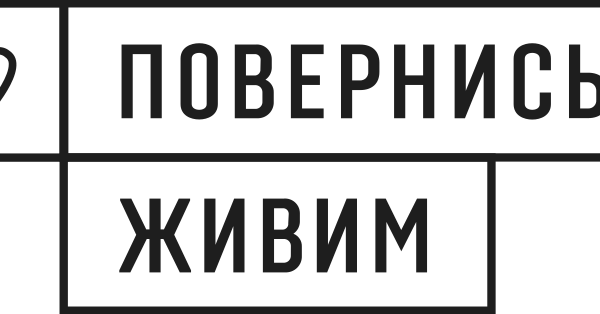
Radio in WWII
President Franklin D. Roosevelt (FDR) was famed for his “fireside chats”, which were evening radio addresses to millions of American citizens.
When discussing his leadership during WWII, these “fireside chats” are often brought up as a key example. During his record four-term presidency (1933-1944; he died before completing the last term), FDR only actually gave 30 of these speeches.
The first of them were meant to quell concern over The Great Depression, while later ones were about fighting Japanese and German fascism.
Add it all up and we’re talking 2-3 addresses a year.

Over the past few days, Volodymyr Zelensky — the former comedian/actor turned politician turned heroic President — has sent constant messages to update (and cajole) the world…
…including live footage to “prove” that he hasn’t fled the country.
PS. Here’s a great thread on why Zelensky’s communication has been so effective.
And here:
Life Magazine and the images of WWII
Dan Carlin’s Hardcore History is the greatest podcast ever made. Period.
His most recent series is a 6-part / 20hr+ story of Imperial Japan during the Second World War. It’s spectacular.
In the series, Carlin talks about how images from WWII — which went from 1939-1945 — were not widely seen by Americans until the 1970s, when Life Magazine released a collection of all its work during the Second World War (“Life Goes to War”).
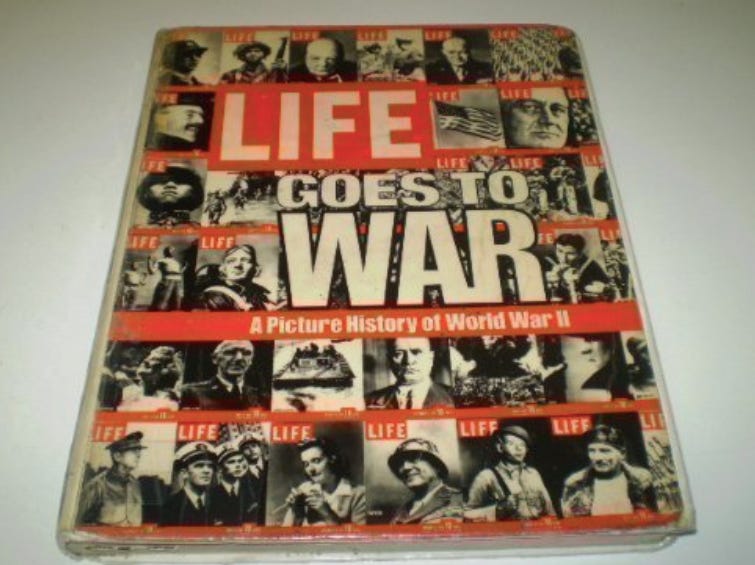
Life Magazine — which was the #1 photo publication in the 1940s — did release weekly issues during the war but few Americans had the opportunity to see everything in one place. The photos were also very curated (in early Life coverage, it was forbidden to show photos of dead soldiers).
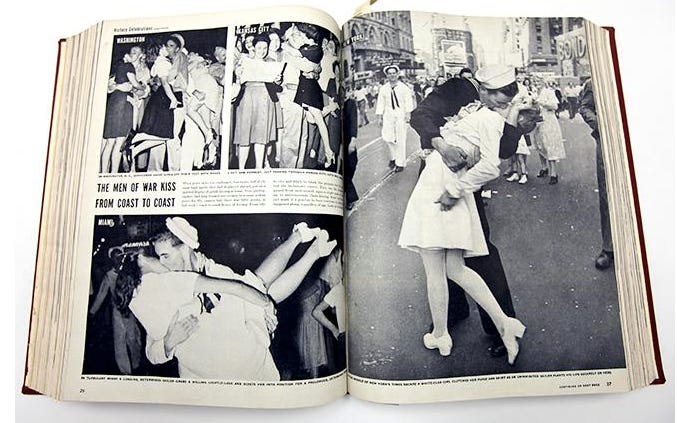
Think about that: imagery from the most devastating war in human history wasn’t widely seen or known until 3 decades after the end of the conflict.
Images and videos of Ukraine vs. Russia are flooding our smartphones from news orgs, citizen journalists, trolls and bots (quick heuristic on bot activity: accounts created in last few months with little Twitter activity all parroting the same message…there are lots).
It’s not clear which images are real but they are everywhere (not 3 decades away).
On a semi-related note, this tweets makes an interesting point on how hard Ukraine is winning the messaging battle:

The world — even in Russia itself — is completely on Ukraine’s side vs. Putin’s naked aggression. In particular, the popular uproar is forcing Western politicians to ramp up military assistance and financial sanctions.3

Walter Cronkite & The Vietnam War
The formation of pro-Ukraine public opinion has happened in large part through the spread of information on social media.
It would be naive to assume that this popular opinion formation is completely organic.
But, the images of everyday Ukrainian citizens courageously taking up arms to defend their homeland is inspiring millions around the world.

However, there is no single voice dictating the public mood.
Contrast this to how legendary reporter Walter Cronkite changed America’s opinion on the Vietnam War.
Background: There is no comparable figure to Walter Cronkite today. He was the anchor for CBS Evening News when the country only had three TV major networks (ABC, NBC, CBS). On average, 29m people tuned into his nightly show.
In comparison, Joe Rogan — the biggest media personality in our fractured media landscape — gets 11m viewers a show (Tucker Carlson is at 3-4m).
Cronkite also had the ear of the country’s top businessmen, politicians and media elite. Vietnam was the first truly televised war and his multi-decade long record of objective reporting earned him everyone’s trust.
Trip to Vietnam: As America increased its military presence in Vietnam through the 1960s, Cronkite reported the build-up based on government intel. In February 1968, Cronkite flew to Vietnam to see the situation for himself. He landed shortly after the Viet Cong’s surprise “Tet Offensive” attack.
By the end of the month, he filed this famous report per The Washington Post:
[Cronkite] flew home, and on Feb. 27, at 10 p.m. Eastern time, CBS News aired “Report from Vietnam: Who, What, When, Where, Why?”
The program opens with Cronkite, in a short-sleeve safari shirt, standing in harsh daylight in front of Saigon ruins. It looks like a home movie. Cronkite doesn’t talk about military casualties. There are no images of body bags. One would not know that 416 Americans were killed in Vietnam in the week ending Feb. 3 and another 543 in the week ending Feb. 17 — each a record to that point.
Instead, Cronkite and his producers assess the progress of the war on the terms set by U.S. commanders, such as whether the “pacification” program had suffered a setback from the Viet Cong.
“Who won and who lost in the great Tet Offensive against the cities? I’m not sure,” he says early in the report. “The Viet Cong did not win by a knockout, but neither did we. The referees of history may make it a draw.”
At the close of the hour, Cronkite, back at his desk in New York, delivers his verdict. He acknowledges that what he is about to say is “subjective.” It’s his opinion.
“[I]t seems now more certain than ever that the bloody experience of Vietnam is to end in a stalemate . . . [I]t is increasingly clear to this reporter that the only rational way out then will be to negotiate, not as victors, but as an honorable people who lived up to their pledge to defend democracy, and did the best they could.”
“This is Walter Cronkite. Good night.”
After watching the broadcast, US President Lyndon B. Johnson said, “If I’ve lost Cronkite, I’ve lost Middle America.” A month later, Johnson announced he would not run for re-election.
To be sure, it’s inaccurate to attribute all of America’s anti-Vietnam War sentiment to Cronkite’s broadcast (such sentiment was already on the rise in the lead-up to his report). There’s just nothing in today’s media landscape approximating Cronkite.4
I’m not even sure if the Cronkite example makes the current consensus formation faster or slower. However, the 2022 period does seem much more disorienting.
Air Force One after 9/11
Here is the most recent example in my "what was communication like back in the day” document. This one is from Apple TV’s 2021 documentary on 9/11.
President George W. Bush was in Florida when the 2 planes hit the World Trade Centre. For the next 8 hours, the President’s plane — Air Force One — was the only non-fighter jet flying over the United States.
Onboard, he had phone communication. But visuals (via TV) were very spotty. He didn’t receive a full download of information — and see all the horrific damage — until landing back in DC.
Again, contrast that with the instant video access that billions of people have right now. It’s absolutely wild (and it’s also not clear our brains are equipped for it).

Here is a relevant quote from the aforementioned documentary. As we continue to watch the Ukraine-Russia conflict unfold, it’s worth keeping this in mind:

How other internet technologies are responding
Whitney Merrill put together this great thread:

Here are a few.
Real-time combatting of misinformation:

“Google Maps as an OSINT source”

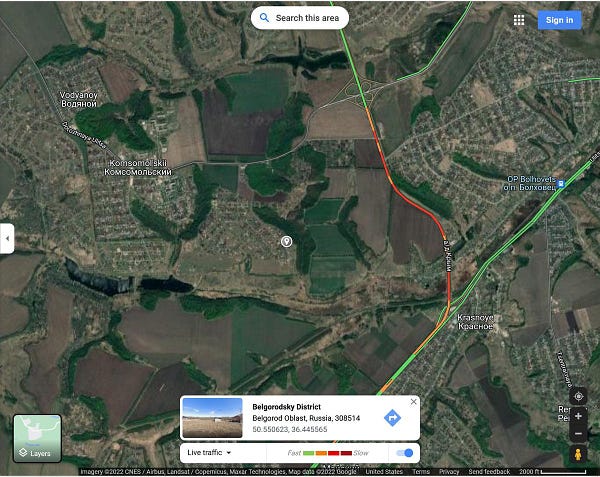
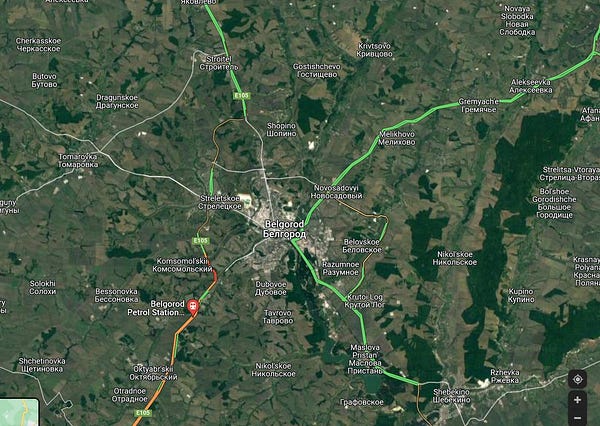
Tech stats to give on-the m-ground intel


Munitions identification

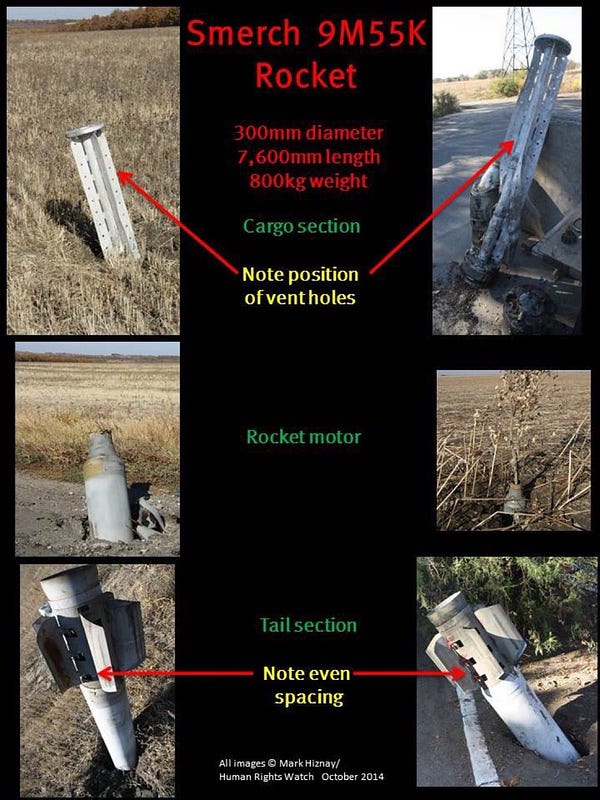
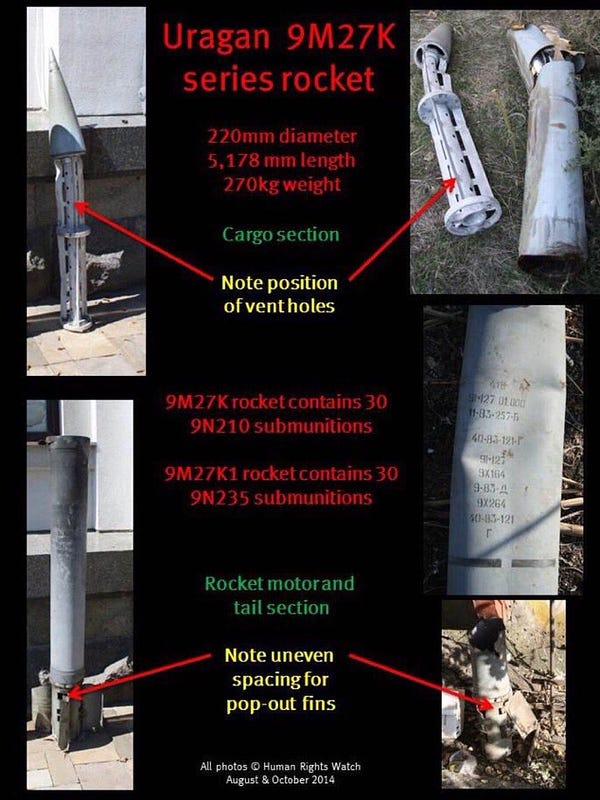
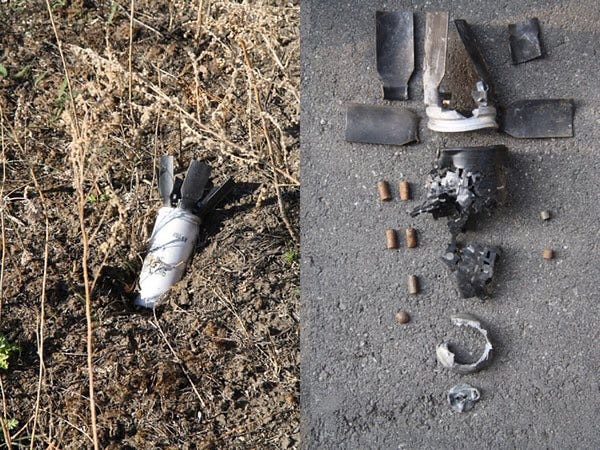


Debunking fake videos and images

Infrastructure requests

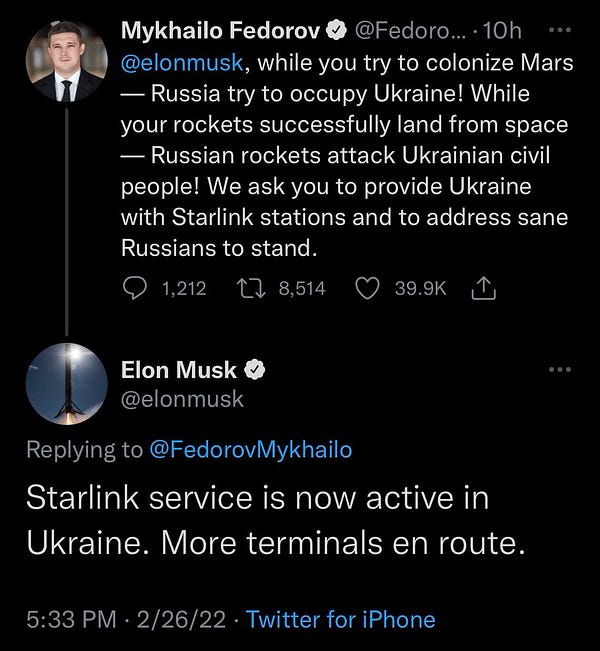
On-the-ground fighting tactics

Oligarch tracking
There have certainly been other conflicts in the past decade but I do want to emphasize that the specific Ukraine-Russia fighting is between much bigger combatants with the highest probability of a nuclear end game since the 1980s. This article doesn’t even mention TikTok, which has 1B+ active users and also seen a flood of videos (real and not real).
The information situation within Russia is quite different. The state is blocking or limiting Twitter and Facebook. Conversely, those same social networks (and YouTube) are throttling and demonetizing Russian state media (eg Russia Today).
The most recent sanctions targeting Russia’s $600B+ central bank reserves is what David Frum calls a “financial nuclear strike” that could have many unintended consequences.


Here’s another:


My dad was in his mid-20s and living in Hue during the Tet Offensive. He’s not a fan of Cronkite because America and its South Vietnam allies actually “won” the Tet battle on a tactical basis: 45k Viet Cong were killed vs. 5k for America/South VN. To my dad, Cronkite’s report was overly negative and made the US effort look a lot worse than the facts on the ground.



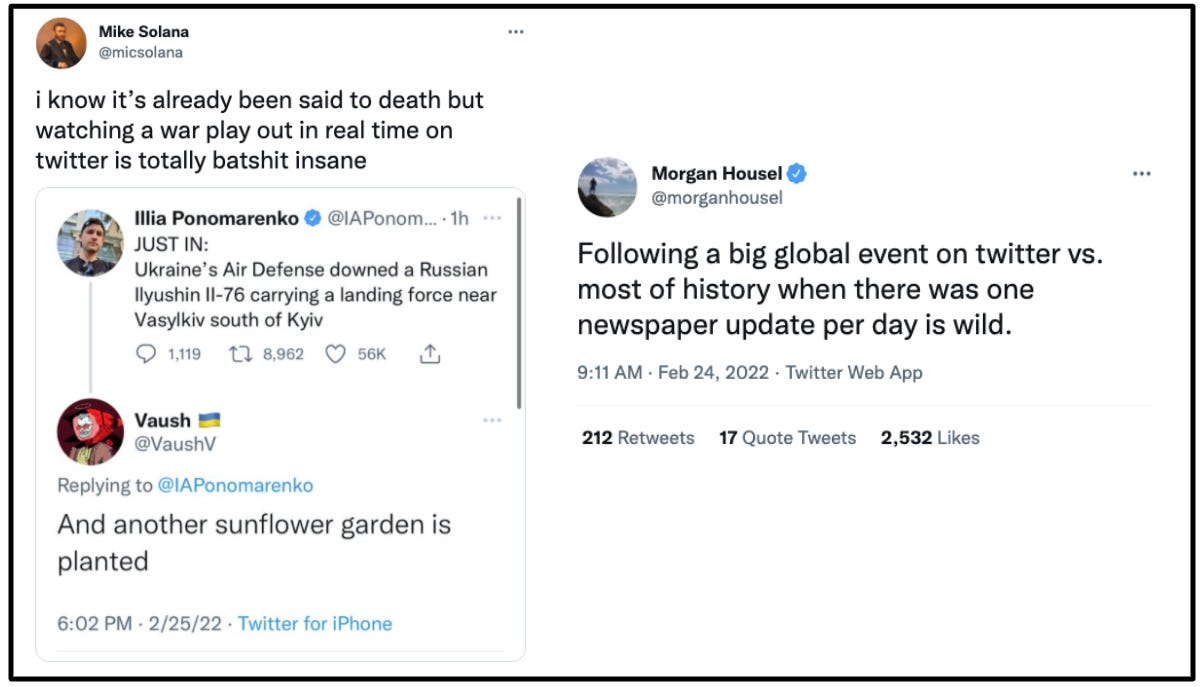

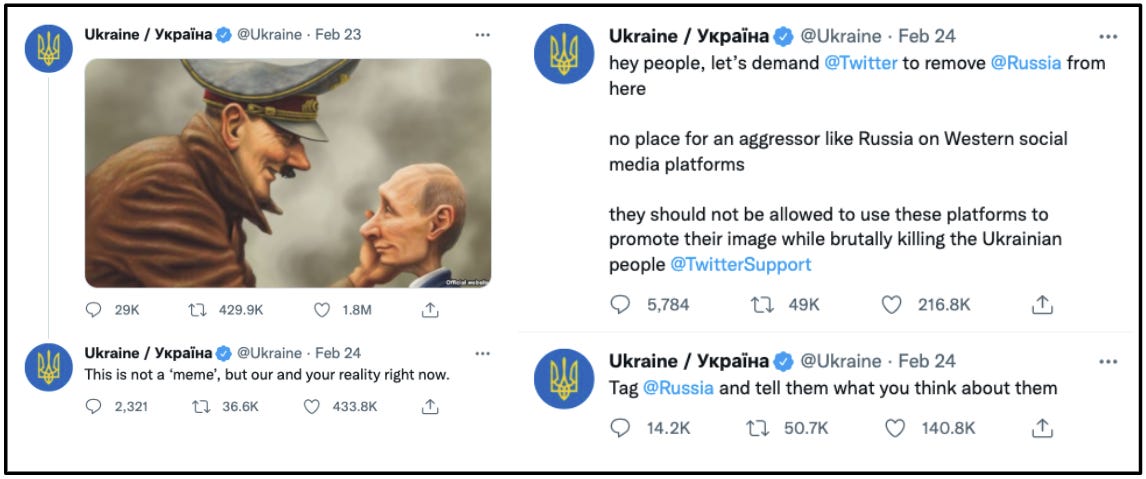






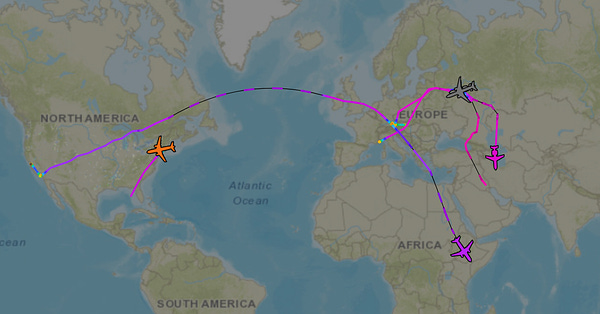
Can't help wondering how your Twitter feed is so high signal... The quality of the stuff curated here is just staggering.
Hats off for putting this together!